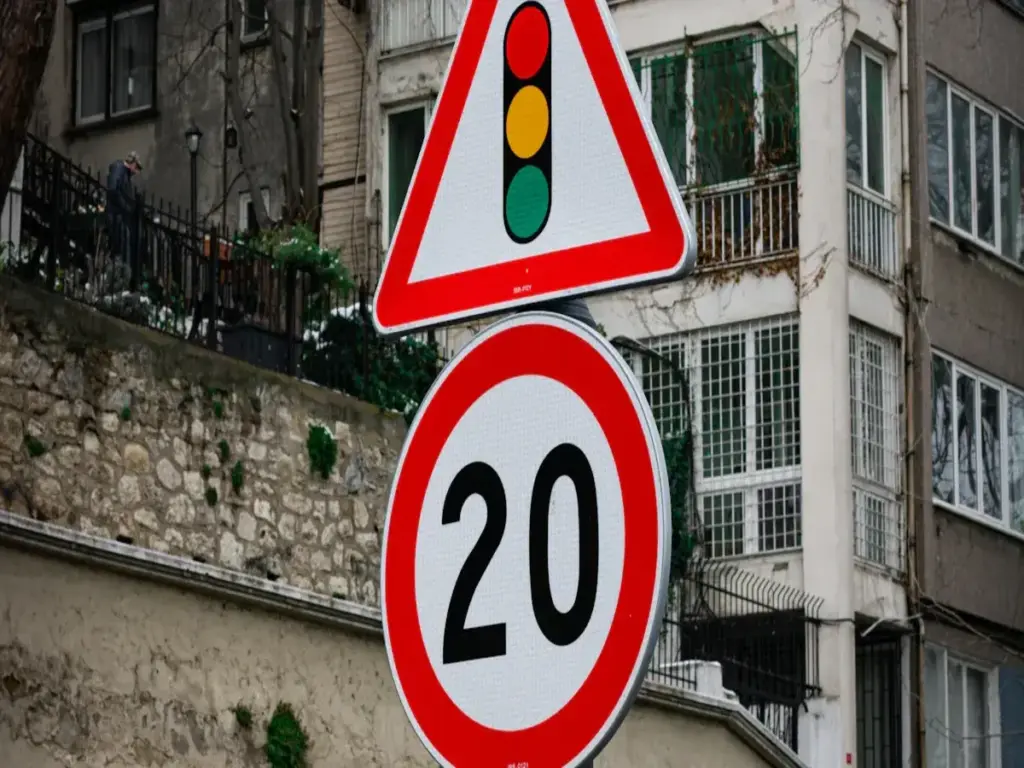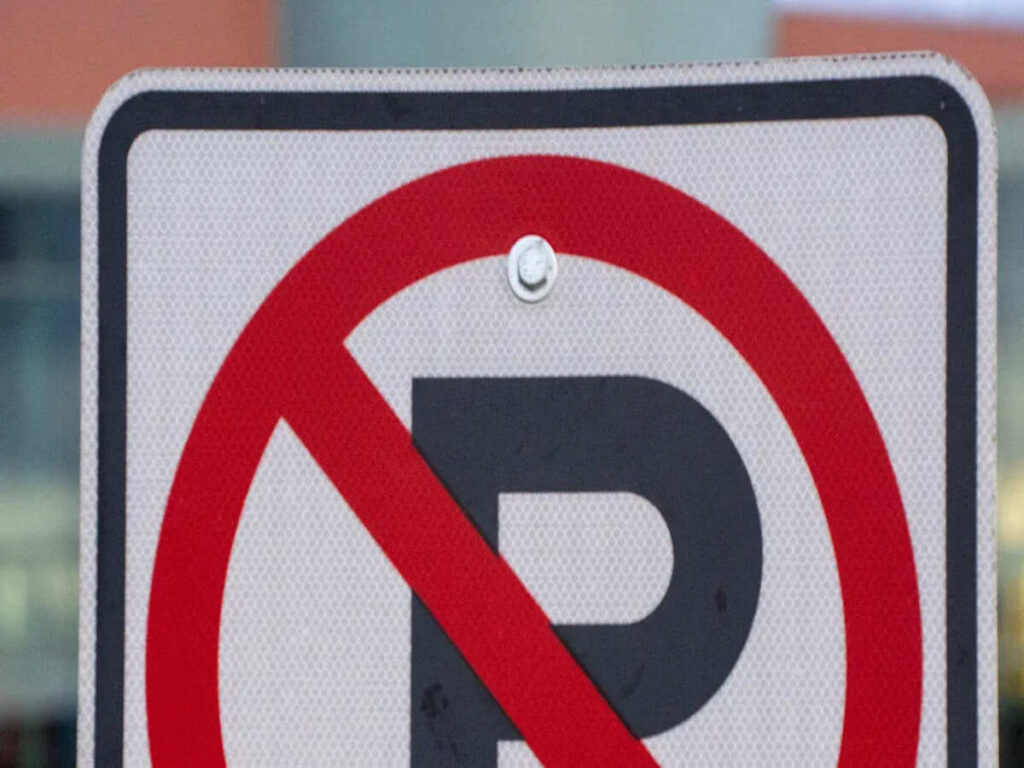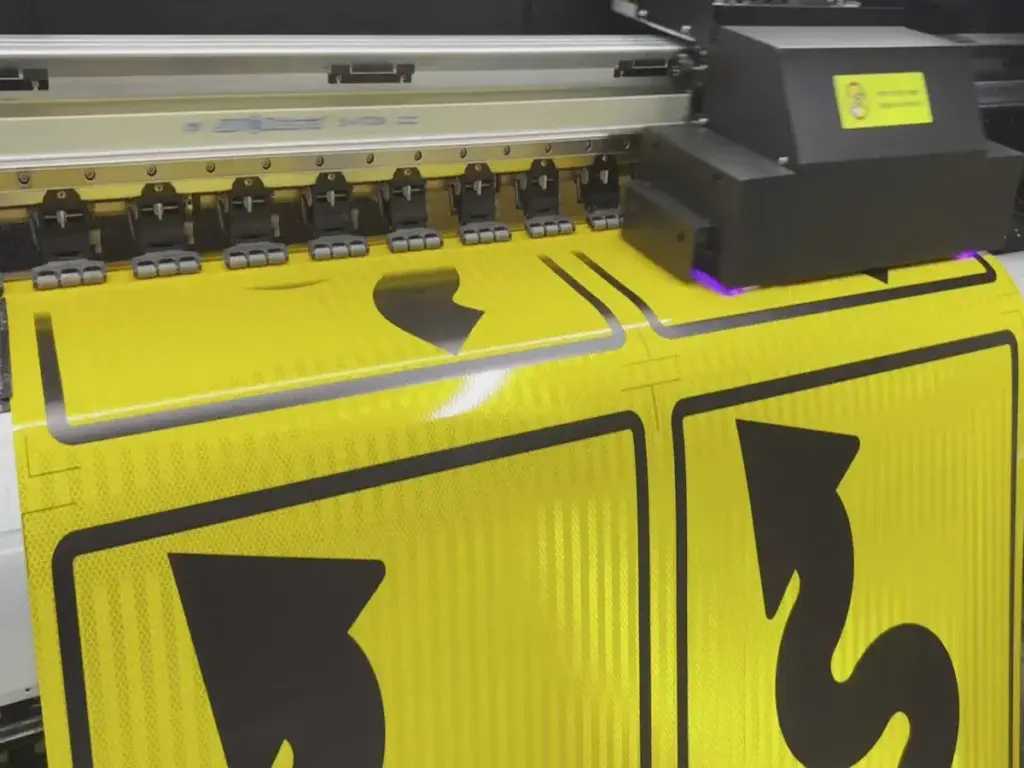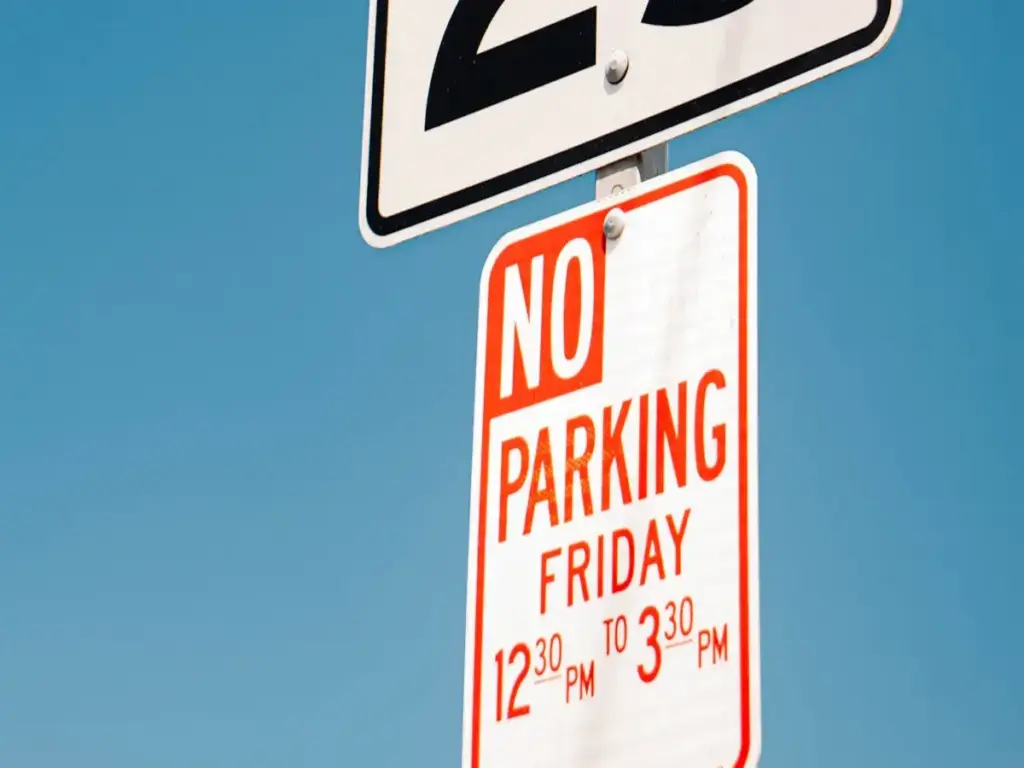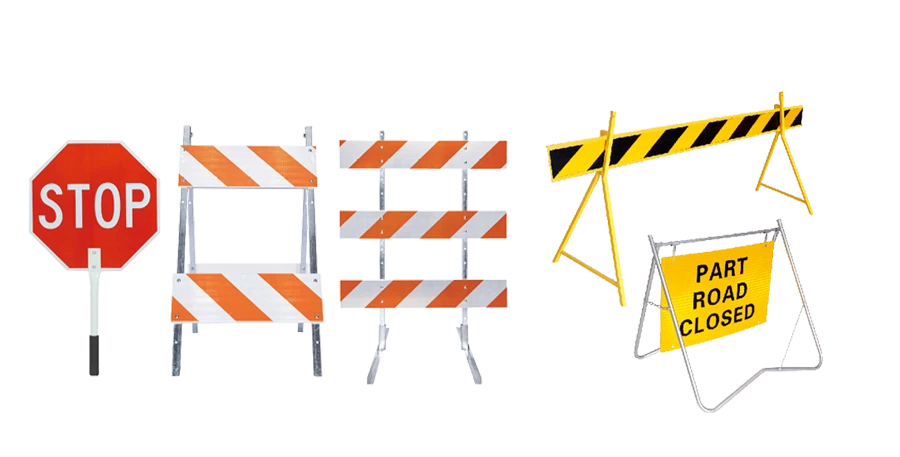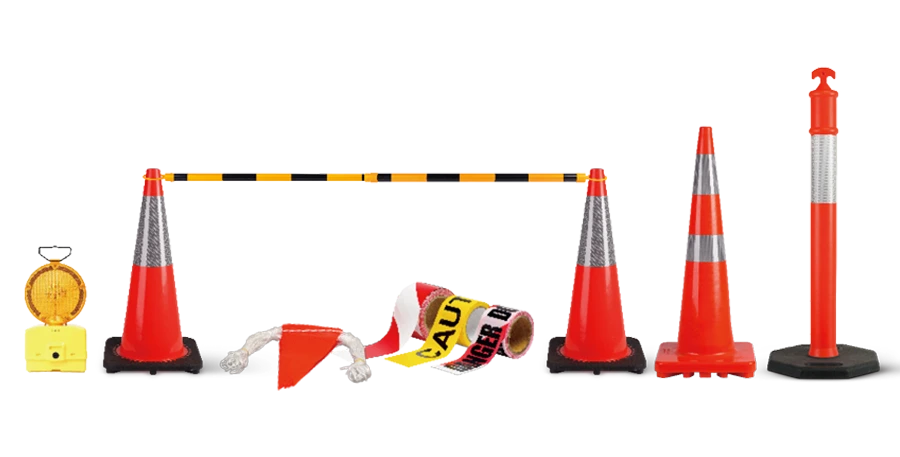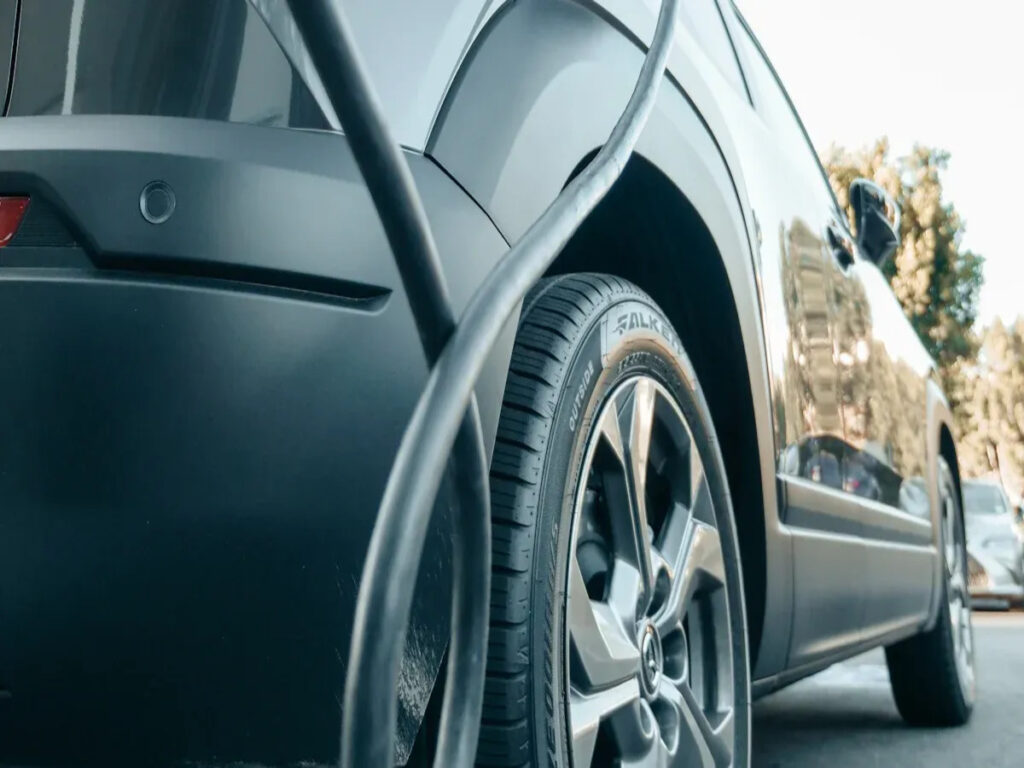
Электромобили меняют то, как мы путешествуем, Но они тяжелее. Этот дополнительный вес оказывает давление на дороги и мосты. Парковочные гаражи и тротуары также ощущают это напряжение. А Недавняя статья Шоссе сегодня Выдвигает на первый план, как электромобили (Электромобили), в то время как экологически чистый, значительно тяжелее, чем традиционные автомобили-вызывает обеспокоенность по поводу долгосрочного износа на дорогах, мосты, и парковочные структуры.
Как мы можем обеспечить безопасность с этой дополнительной нагрузкой? Умные дорожные шишки - отличное решение. Эти конусы имеют датчики для проверки дорожных условий в режиме реального времени. Они также помогают безопасно и плавно направлять трафик. Использование этих конусов помогает дорогам справляться с более тяжелыми автомобилями, оставаясь в безопасности. Дорогам нужны новые идеи, И эти конусы помогают улучшить их.
Ключевые выводы
- Электромобили тяжелее обычных автомобилей из -за больших батарей. Этот дополнительный вес может повредить дороги и мосты, Итак, нужны новые идеи.
- Умные дорожные шишки используют специальные технологии для быстрого проверки дорожных условий. Они помогают контролировать движение и обеспечивать безопасность всех на дороге.
- Инженеры проверяют, сколько весовых дорог может удерживать, чтобы убедиться, что они могут справиться с более тяжелыми автомобилями. Инструменты, такие как устройства для проверки веса, помогают посмотреть, достаточно ли дороги.
- Умные конусы помогают строить зарядные станции электромобилей, контролируя трафик и предоставляя предупреждения о безопасности. Это делает здание быстрее и безопаснее.
- Использование зеленых материалов в умных шишках помогает окружающей среде. Многие конусы сделаны из переработанного пластика и имеют солнечные огни.
Вес электромобилей
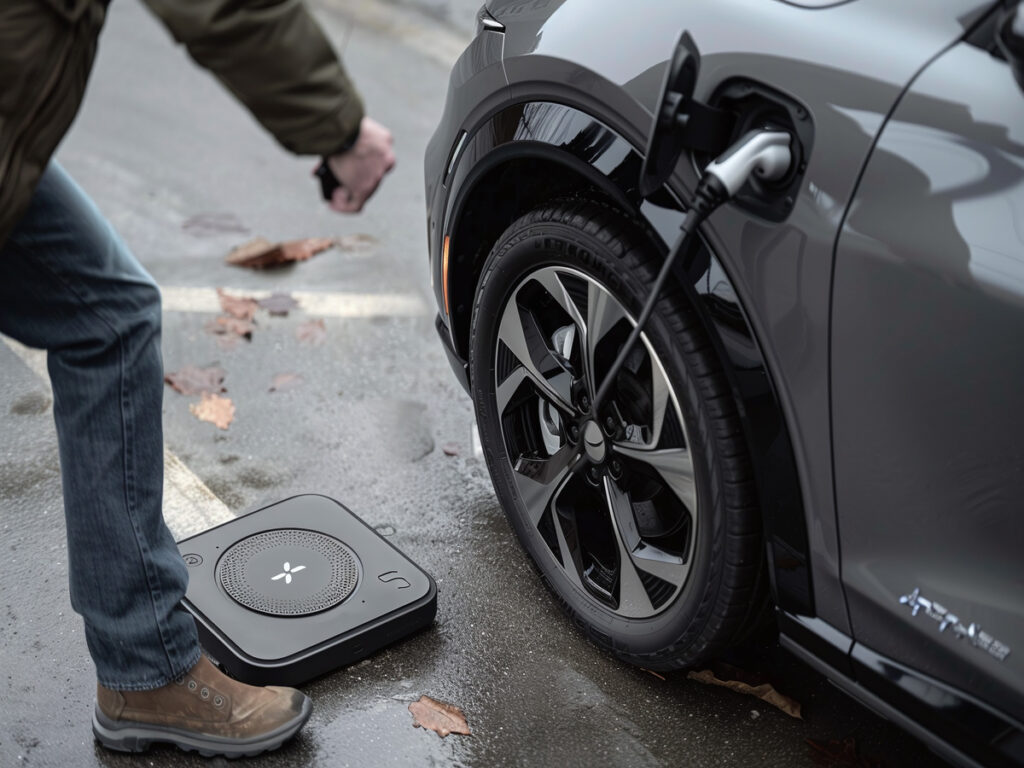
Почему электромобили тяжелее
Электромобили тяжелее обычных автомобилей. Их батареи, называемые литий-ионными батареями, главная причина. Эти батареи весят больше, чем газовые двигатели. Только аккумулятор может добавить сотни фунтов. Это делает электромобили намного тяжелее, чем газовые.
Производители автомобилей пытаются сделать их легче. Они используют лучшие системы питания для сэкономить. Некоторые компании используют новые проекты, такие как 48 В системы, чтобы помочь. Эти идеи направлены на то, чтобы сделать электромобили легче, но все еще хорошо работают.
Влияние веса EV на дорожную инфраструктуру
Дополнительный вес электромобилей влияет на дороги и мосты. Было построено много дорог для более легких газовых автомобилей. Тяжелые автомобили вызывают трещины и урон дороже быстрее. Старые мосты могут бороться с автомобилями за три тонны. Гаражи парковки также ощущают давление и могут со временем ослабевать.
Это означает, что нам нужно лучшее планирование дорог и мостов. Инженеры должны подумать о том, как будут тяжелые электромобили. Они могут использовать инструменты, чтобы догадаться. Это помогает городам подготовиться к большему количеству электромобилей.
Умные трафики помогают с этими проблемами. Они проверяют дорожные условия, когда вы ездите или заряжаете. Эти конусы помогают дорогам приспособиться к более тяжелым электромобилям и обеспечивать безопасность всех.
Понимание пропускной способности дорожной нагрузки
Что такое емкость дорожной нагрузки и почему это важно
Емкость дорожной нагрузки означает, сколько весов или мостов может удерживать. Важно сохранить дороги в безопасности и длиться дольше. Инженеры используют инструменты для измерения, если дороги могут обрабатывать более тяжелые автомобили, как электрические. Эти инструменты помогают проверить, достаточно ли дороги для современных транспортных средств.
Вот несколько ключевых терминов и инструментов, используемых для проверки силы дороги:
| Термин/инструмент | Что это значит |
|---|---|
| Коэффициент калибровки | Сравнивает протестированный вес с ожидаемым весом. Число 1 показывает повреждение. |
| Нагрузочные инструменты | Включает в себя устройства, такие как Benkleman Beam и Deupectometomer с падением.. |
| Падающий весометром | Проверяет силу дороги, не ломая его, но может быть рискованным в использовании. |
| Новые инструменты | Работающие инструменты, такие как Deaflectometers, работают усовершенствованные инструменты, в то время как автомобили движутся. |
Эти инструменты помогают инженерам посмотреть, могут ли дороги обращаться с тяжелыми электромобилями. Если дороги не проверены, Они могут сломаться, вызывая несчастные случаи или дорогие исправления.
Проблемы с текущими дорогами для электромобилей
Большинство дорог, мосты, и автостоянки были построены, когда автомобили были легче. Они не были сделаны для сегодняшних тяжелых электромобилей. Батареи делают эти машины более тяжелыми, что изнашивает дороги быстрее.
Вот несколько реальных примеров этих проблем:
| Пример | Проблема столкнулась |
|---|---|
| FedEx Express | Были проблемы с зарядными станциями и размерами батареи для электрических грузовиков. |
| Frito-Lay | Нужно лучше программное обеспечение для управления зарядкой для своего электрического флота. |
| Foothill Transit | Используется программное обеспечение для экономии энергии и снижения зарядных затрат. |
| Город Шарлотта | Изо всех сил пытался построить достаточно общественных зарядных станций для их нужд. |
| Болтуза фермы | Работал с PG&E, чтобы выяснить, сколько энергии им нужно для электрических грузовиков. |
Эти примеры показывают, как электромобили приносят новые проблемы на дороги и мосты.. Без обновлений, Дороги могут не оставаться в безопасности или хорошо работать.
Умные трафики помогают решить эти проблемы. Они дают живые обновления на дорожных условиях. Это помогает инженерам лучше планировать и убедиться, что дороги готовы к более тяжелым автомобилям в будущем.
Умные дорожные шишки: Технологическое решение
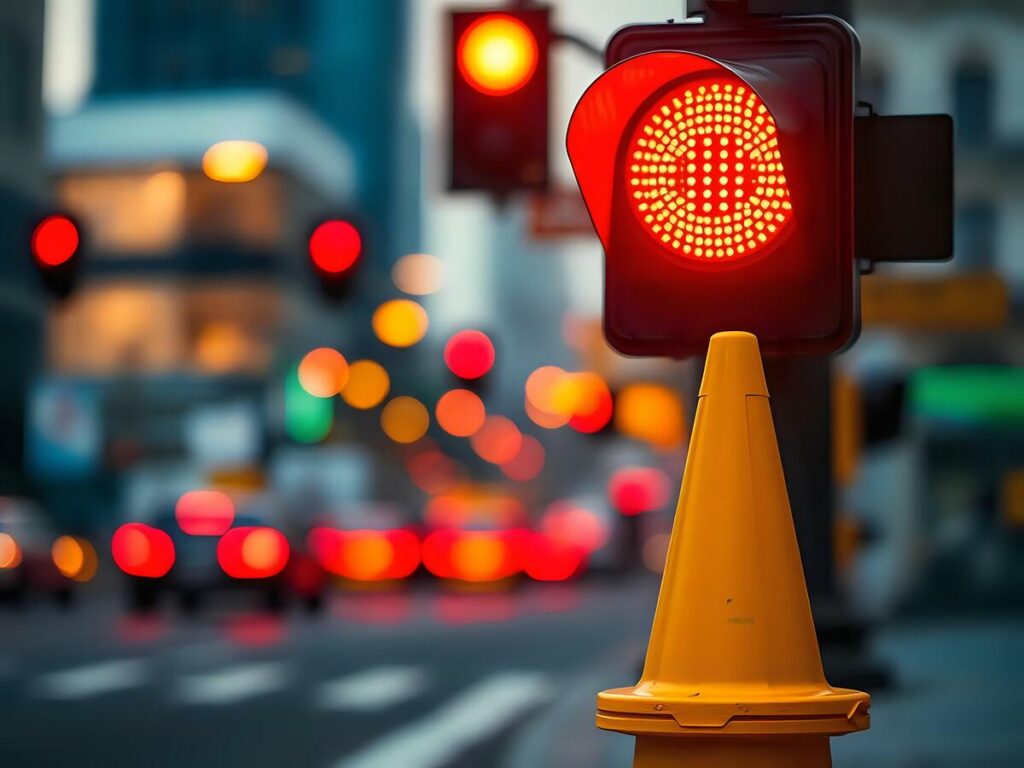
Особенности интеллектуальных трафик
Умные дорожные шишки не являются обычными шишками. Они используют передовые технологии Для повышения безопасности дорожного движения и транспортного потока. Эти конусы работают в режиме реального времени, чтобы лучше управлять дорогами. Ниже приведены их основные особенности:
| Особенность | Описание |
|---|---|
| Датчики | Проверьте дорожные условия, трафик, и возможные опасности. |
| Общение в реальном времени | Поделиться данными с системами трафика с использованием IoT Technology. |
| Взаимодействие с транспортными средствами | Помогите самостоятельному вождению автомобилей безопасно перемещаться с лидаром и радаром. |
| Видимость | Используйте яркие материалы и светодиодные фонари для лучшей ночной видимости. |
| Управление трафиком | Дайте живые обновления о перегрузке и скоростях транспортных средств для улучшения потока. |
Эти функции делают умные конусы полезными для обработки более тяжелых электромобили и необходимость в большем количестве зарядных станций. Добавление их на дороги помогает обеспечить безопасность движения.
Кончик: Умные конусы могут быстро предупредить полицию или спасательные команды во время аварий, Повышение времени безопасности и отклика.
Мониторинг в реальном времени и управление трафиком
Умные шишки работают мгновенно, чтобы проверить дорожные условия и движение. У них есть датчики и IoT -подключение Чтобы обнаружить такие проблемы, как аварии или замедление. Они отправляют эти данные в системы трафика, Помогая решать проблемы быстрее.
Например, Эти конусы могут вспыхивать огни или давать предупреждения водителям о опасности впереди. Это снижает риски с аварией и поддерживает движение трафика. В Сингапуре, Тысячи интеллектуальных шишек используются для уменьшения задержек и улучшения потока трафика. Это показывает, насколько они полезны в реальной жизни.
Использование интеллектуальных конусов делает дорожные системы более безопасными и эффективнее. Они особенно полезны в оживленных областях с большим количеством автомобилей.
Приложения в зарядной станции EV
Строительство зарядных станций для электромобили есть проблемы, Как управление движением и обеспечение безопасности работников. Умные шишки помогают, работая в режиме реального времени и обмена данными.
Вот как они помогают:
- Управление потоком трафика: Умные конусы отслеживают скорость и заторы вблизи строительных площадок.
- Оповещения о безопасности: Они предупреждают водителей об опасностях вокруг проектов зарядки станций.
- Быстрое развертывание: Их легко настроить и использовать где угодно.
- Сбор данных: Умные конусы собирают данные о трафике, чтобы помочь спланировать лучшее проектирование станций..
Некоторые конусы даже используют солнечную энергию, Так что им не нужно внешнее электричество. Это делает их экологичными и надежными для растущих потребностей зарядки.
Добавление интеллектуальных конусов к проектам зарядки станции улучшает безопасность и транспортный поток. Они помогают удовлетворить современные дорожные требования, сохраняя все эффективные.
Более широкие последствия интеллектуальных дорожных конусов
Сделать дороги более безопасными за пределами веса электромобилей
Умные дорожные шишки делают больше, чем обрабатывают тяжелые электромобили. Они помогают сделать дороги более безопасными для всех. Эти конусы смотрят трафик и мгновенно делятся обновлениями. Например, Они могут обнаружить несчастные случаи или замедлить движение и предупреждать драйверов. Это снижает риски с аварией и помогает водителям оставаться в безопасности.
Умные шишки также улучшают, как движется трафик. Они находят занятые пятна и регулируют сигналы, чтобы остановить внезапные остановки. Это делает вождение более гладким и безопаснее. Таблица ниже показывает, как эти конусы повышают безопасность:
| Тип доказательств | Описание |
|---|---|
| Мониторинг в реальном времени | Конусы постоянно проверяют трафик, чтобы повысить безопасность. |
| Опасные оповещения | Они предупреждают о авариях или плохой погоде для более безопасного вождения. |
| Оптимизация трафика | Обнаружив замедление, Они снижают риски с аварии и сглаживают трафик. |
Эти функции делают умные шишки важными для управления трафиком в оживленных областях.
Проверка дорожной способности в режиме реального времени
Умные конусы также помогают проверить, сколько дорожных дорог может справиться. Они используют датчики для изучения моделей трафика и поведения. Это помогает выяснить, слишком ли перекрестки дороги или перекрестки.
Например, Эксперты используют математические модели для измерения трафика на занятых пересечениях. Эти модели помогают избежать пробок и сокращать загрязнение. Камеры на улицах также записывают видео для создания баз данных трафика. В таблице ниже объясняется эти методы:
| Описание доказательств | Цель |
|---|---|
| Математические модели для оценки пропускной способности | Чтобы избежать пробок и уменьшить загрязнение. |
| Видеозаписи, обработанные в базы данных | Чтобы создать точные модели трафика для лучшего планирования. |
Эта проверка в реальном времени гарантирует, что дороги могут справиться с современным движением, включая больше электромобилей.
Использование зеленых материалов для дорожных шишек
Умные конусы сделаны из экологически чистых материалов, чтобы помочь планете. Обычные конусы, Сделано из ПВХ, навредить окружающей среде. Создание ПВХ -конусов использует много энергии и создает отходы. Их также трудно перерабатывать и занять много времени, чтобы сломать.
Умные конусы решают это, используя переработанные пластмассы и резину. У некоторых конусов даже есть светильники на солнечной энергии, Так что им не нужно электричество. Эти изменения делают умные конусы лучше для потребностей окружающей среды и трафика.
Смешивая интеллектуальные технологии с зелеными материалами, Эти конусы помогают управлять трафиком и защищать планету.
Будущие инновации в дорожных технологиях
АИ-управляемые системы дорожного движения
ИИ меняет, как дороги обрабатывают занятое движение. Интеллектуальные системы дорожного движения (ЕГО) Используйте ИИ для изучения данных и настройки сигналов. Это помогает уменьшить пробок и делает вождение более гладким. Например, Датчики ИИ отслеживают автомобили и людей для улучшения дорожных проектов.
В Огайо, OTUS3D из вискандо использует 3D -датчики Считать пользователей дорожного движения. Это помогает сделать трафик безопаснее и течь лучше. The НАС. Департамент транспорта нашел 40 Способности ИИ улучшают время сигнала. Эти инструменты сокращают загрязнение от автомобилей на холостом ходу и ускоряют движение в часы пик..
Системы ИИ также помогают с более тяжелыми электромобилями. Они делают дорожный поток лучше и держат дороги в более безопасных, Особенно рядом с зарядными станциями.
| Приложение | Описание | Влияние |
|---|---|---|
| Интеллектуальные системы дорожного движения | ИИ меняет время сигнала, чтобы облегчить пробки. | Меньше загрязнения и более плавного транспортного потока. |
| OTUS3D Viscando | Использует 3D -датчики для отслеживания пользователей дорожного движения. | Безопасные дороги и лучшие дизайны. |
| USDOT AI для своей программы | Использует ИИ для улучшения времени сигнала. | Более быстрые ответы на трафик и меньше задержек. |
Умные материалы для несущей инфраструктуры
Дороги и мосты нуждаются в более сильных материалах для тяжелых электромобилей. Умные материалы - ответ. Эти материалы приспосабливаются к напряжению и погоде, заставляя их длиться дольше. Например, самовосстанавливающиеся бетоны фиксируют трещины сами по себе, Экономия денег на ремонт.
Некоторые материалы могут даже хранить энергию. Дороги с пьезоэлектрическими материалами создают мощность, когда автомобили едут над ними. Эта энергия может управлять уличными фонарями или зарядными станциями. Эти идеи делают дороги сильнее и экологичнее.
Умные материалы помогают дорогам справляться с тяжелыми автомобилями и поддерживать зеленые цели. Они держат дороги сильными и делают города более устойчивыми.
Модульные и адаптивные решения управления трафиком
Модульные системы дорожного движения помогают дорогам лучше справляться с тяжелым движением. Эти системы могут быстро измениться, чтобы удовлетворить потребности в трафике. Например, Огайо I-670 Smart Lane Изменяет ограничения скорости и открывает плечи в течение времени.. Project Nevada Neon использует интеллектуальные инструменты для повышения безопасности и потока трафика.
Эти системы отлично подходят для районов с проектами строительных или зарядных станций. Они быстро регулируют модели трафика, Держать вещи плавно двигаться. Они также сокращают пробки и делают дороги более безопасными во время дорожных работ.
| Тематическое исследование | Расположение | Ключевые функции |
|---|---|---|
| I-670 Smart Lane | Огайо | Открывает плечи, Изменяет пределы скорости, использует камеры и знаки. |
| Проект Неон | Невада | Использует интеллектуальные инструменты для повышения безопасности и эффективности движения. |
Модульные системы помогают дорогам адаптироваться к тяжелым электромобилям. Они следят за тем, чтобы дороги оставались полезными по мере изменения потребностей в движении.
Электромобили тяжелее, Что жестко на дорогах и мостах. Этот дополнительный вес заставляет трещины, а повреждение происходит быстрее. Гаражи парковки также ощущают напряжение от более тяжелых автомобилей. Умные дорожные шишки могут помочь решить эти проблемы. Они проверяют дорожные условия и улучшают движение движения. Эти конусы делают дороги более безопасными и готовыми к современным автомобилям.
Использование интеллектуальных конусов и лучших дорожных дизайнов помогает городам подготовиться к будущему. Эти обновления делают дороги более сильнее и безопаснее для всех. Инвестирование в эти идеи означает лучшую транспортировку для всех.
Часто задаваемые вопросы
Как разумные дорожки лучше, чем обычные?
У умных конусов есть датчики и IoT для проверки дорог. Они дают живые обновления и управляют трафиком. Обычные конусы просто блокируют области без дополнительных функций.
Работают ли умные конусы в плохую погоду?
Да, Они работают во всех типах погоды. Они сделаны из прочных материалов и имеют яркие светодиодные фонари. Их датчики все еще работают под дождем или снегом.
Как интеллектуальные конусы помогают строить зарядные станции EV?
Умные конусы делают строительство более безопасным и более гладким. Они отслеживают скорость автомобиля, Предупреждение об опасностях, и собирайте данные для лучшего проектирования станций.
Умные конусы хороши для окружающей среды?
Да, Многие изготовлены из переработанных материалов. Некоторые используют светильники на солнечной энергии, который снижает вред планете.
Где сейчас используются умные конусы?
Города, такие как Сингапур и некоторые. В районах используются умные конусы. Они помогают управлять трафиком, вырезать задержки, и сделать дороги более безопасными.

